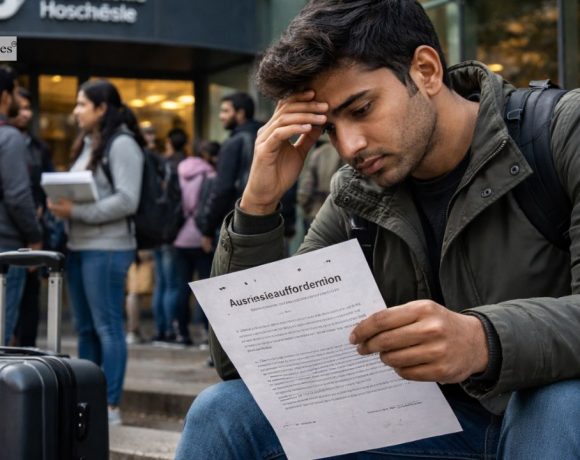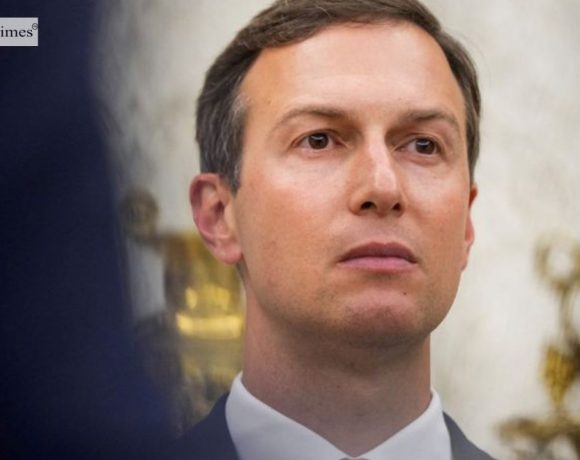
The United States has barred five European figures, including former EU commissioner Thierry Breton, from entering the country, accusing them of pressuring technology companies to censor or suppress American viewpoints. Secretary of State Marco Rubio said the individuals led organised efforts to coerce US platforms through regulations targeting disinformation, framing the move as a defence of free speech against foreign influence.
The visa bans are the latest step in the Trump administration’s pushback against European Union regulations such as the Digital Services Act (DSA), which seeks to curb hate speech and misinformation online. Washington argues that the law unfairly targets American companies and restricts free expression. Rubio described the actions of the targeted individuals and organisations as part of a broader campaign by “weaponised NGOs” and foreign states to impose censorship on US speakers and businesses.
Those named include Imran Ahmed of the Centre for Countering Digital Hate, HateAid leaders Josephine Ballon and Anna-Lena von Hodenberg, Global Disinformation Index head Clare Melford, and Breton, whom US officials labelled a key architect of the DSA. The move, which uses immigration law rather than sanctions, drew sharp criticism from those affected, with responses calling the decision authoritarian and an attack on free speech, even as European officials and activists warned of rising tensions over digital governance.
Pic courtesy: google/ images are subject to copyright









